Delhi a historical journey
Delhi a historical journey started late in the 10th century and continued to the modern time with many ups and downs. Here we are trying to recall some facts that would bring to the light on the historical journey of Delhi.
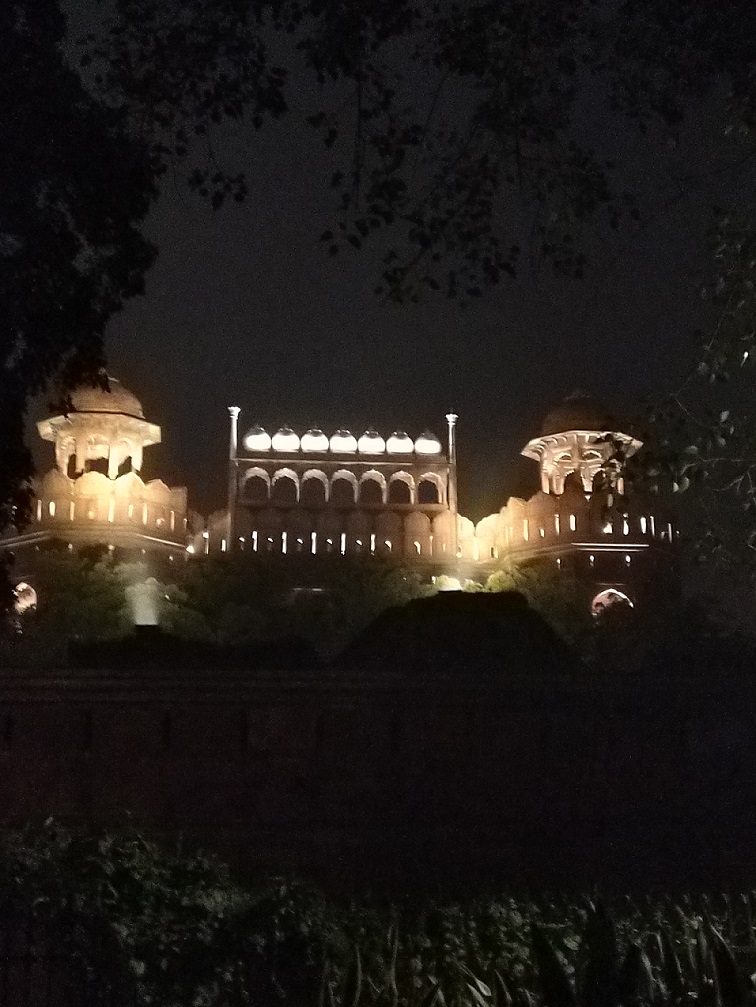
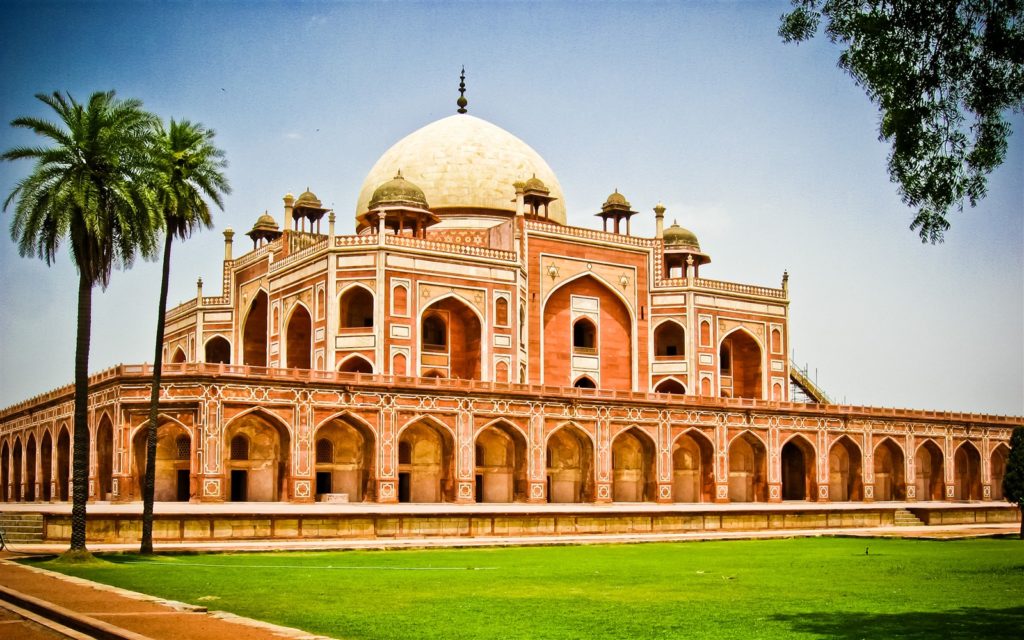
Humayun’s Tomb, New Delhi 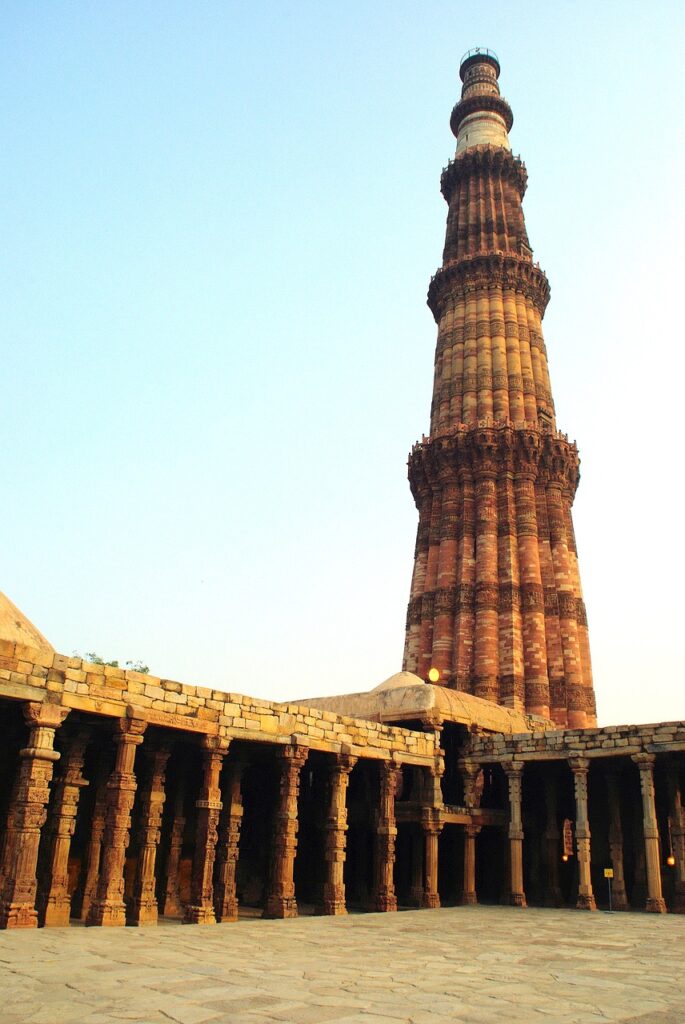
Delhi or Dhilli the different names, used in the time immemorial. Some of the evidence found by the Archeological survey of India. Suggest that Delhi also known as Dhillika, founded by Tomars in the 9th or 10th century. An inscription of 1170 from Bijola, District Udaipur referred to earlier, which mention the capture of Delhi by Chahmanas.
Another inscription dated in 1328 in the reign of Muhammad Tughlaq (1324-51), now in the Red Fort Museum Delhi. It also refers to the city of Dhillika in the Hariyana country. A less known inscription dated in 1316, found in Ladnu in District Didwana also mentions the city of Dhilli in Haritana country. Evidently Delhi was an important town and perhaps also the capital of Haryana. The modern name Delhi is derived from Dihli or Dillli, the Hindi equivalent of Dhilli of the inscriptions.
Delhi a city of cities
The so called seven cities of Delhi, constructed by different Rulers in many different sites of Delhi constitute the name of Delhi as the city of cities. This city also popularly known as the seven cities of Delhi. It is because the city, built in the past by the Rulers of India as their Capital city. Their subjects resided nearby the capital of their Rulers.
The first city of Delhi
Let’s talk about the some known fact of first city of Delhi. It is considered that the Tomars took shelter in the southern Aravali hills from their rival Rajput clans in the 9th or 10the century. The earlier remains found near the Surajkund lake located in Haryana on outskirt of Faridabad-Delhi road, built by the Tomars. The Tomars also built a defensive citadel, called as Lal Kot, nearby the present Qutub-Mehrauli road.

But these fact based on the bardic tradition which made the Tomars of Partihara clans as the builders of Lal kot, the first city of Delhi. Extended by the Prithwiraj chahman in the 11th century. This extended citadel, called as Rai Pithora. Some of the remains of the ramparts still exist on Delhi Mehrauli Road near Qutub Minar.
Some evidance suggesting its existance
An inscription of 1163-64 on the Ashokan piller, now in Kotla Firoz Shah. It refers the conquest of King Visaldeo chahmana of Sakambhari (now Modern Sambhar) on the land between Vindhayas and Himalyas. His capture of Delhi, mentioned in an inscription of Bijolia in Udaipur District. Later his grandson Prithwi raj ruled Delhi and extended the city with high walls and many gates.

Though the reference of Tomars Rajputs depend on the Bardic traditions, and some extensive amount of their historical relics are not available, but some inscriptions suggest the conquest of Visaldev. The city Delhi was successively ruled by Tomars and Chahmanas untill 1191 or 1192, when Muhammad Bin Sam of Gur led his incursions into India.
In the two successive battle fought in Taraori Battle field and a crushing defeat inflicted on Prithwiraj in 1192. which paved the way of Muslim rule in North India. In 1206 Qutbuddin Aibak proclaimed himelf as Sultan of India after the death of Muhammad Gauri. Five dynasties ruled from Delhi after the assumption of Power by Qutbuddin Aibak.
The second city of Delhi
In 1303 Alauddin Khilji laid the foundation of Siri, which was the second city of Delhi, but the first built by the Muslims. It is represented now only by streches of its thick stone walls provided with flame shaped battlements which appear here for the first time. He also dug the vast reservoir at Hauz khas, which originally known as Hauz-i-Alai, and was intended to meet the needs of the citizens of Siri.
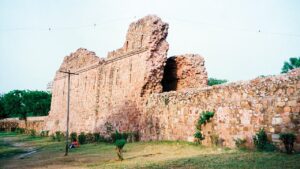
The third city of Delhi
Ghiyasud-Din Tughlaq (1321-25) built the third city of Delhi. The fortified town of Tughlaqabad, with its city and citadel, raised as a stronghold rather than as a metropolis for architectural ambition. Tughlaqabad with its battered walls of gray rubble perched on desolate hills, where its position gives it a natural advantage. Now mostly in ruined condition, but a historical visited site by locals and many foreigner tourists.
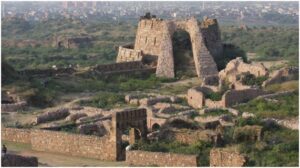
The forth city of Delhi
Ghiyasud-Din Tughlaq’s succesor Mohammad bin Tughlaq (1325-51) added the small fortress of Adilabad on the hills south of Tughlaqabad. He also raised the forth city of Delhi, Known as Jahanpanah which largley comprised a walled enclosure between Qila Rai Pithora and Siri, in order to afford protection to his subjects living there.
The Fifth city of Delhi
The next Ruler was Firoz shah Tughlaq (1351-88). A great lover of history and architecture built many mosques, tombs and new buildings. He brought two inscribed Ashokan piller from Meerut and Topra near Ambala. Erected one in his citadel and other near his hunting palace, which still exist. His new capital city raised near bank of Yamuna River, called as Firozabad. Now modern Kotla Firoz shah near old Delhi.
After the death of Firoz shah in 1388. Delhi saw political instability and invasion of Timur lane in 1398. He devastated Delhi mercilessly. Different rulers of Sayyed dynasty and Lodi dynasty ruled India, but development in art and architecture halted until the attack and establishment of Mughals. In 1526 Mughal king Babur took the throne of Delhi from Ibrahim Lodi.
The sixth city of Delhi
Humayun the second Mughal emperor of India started to build a new city called Dinpanah in 1533, re-utilizing the stone and other materials from the city of Siri. But Sher shah sur ultimately demolished the city of Humayun and raised his own city on the bank of Yamuna River. Now popularly known as Purana Qila (old fort) while Humayun was in exile.
The Seventh city of Delhi
The seventh city and now popularly known as Old Delhi was the last constructed city by Mughals. Mughals power declined and shifted in the hand of British crown in 1858. The seventh city with famous world heritage site and a representative of Mughals seat of power. The Red Fort became the symbol of Indian first independence fight against the British East India company. That was termed by British as Sepoy Mutiny of 1857.
This massive Red fort with the famous and largest Mosque of India, constructed by Mughal Emperor Shahjahan between 1638 to 1648. The capital of India shifted from Agra to Delhi. Shahjahanbad was the new capital of Shahjaha. constructed the symbol of love, The Taj Mahal during this time, that completed in 1653. Mughal dynasty declined and it stopped the progress of what we say-. Delhi A historical Journey.
Later British crown decided to shift their capital from Delhi to Colkata and again shifted their capital in 1911 in Delhi. Called as New Delhi , and the capital of Shahjahan became Old Delhi. But the charm of old Delhi has been a great attraction for all foreign tourists around the world.
The modern Delhi contains its historical significance and a powerful status of being called the capital of India. Now Delhi whether you call it old or new Delhi. Enjoy it’s beauty and many beautiful attractions, holding all historical attractions and three world heritage monuments.

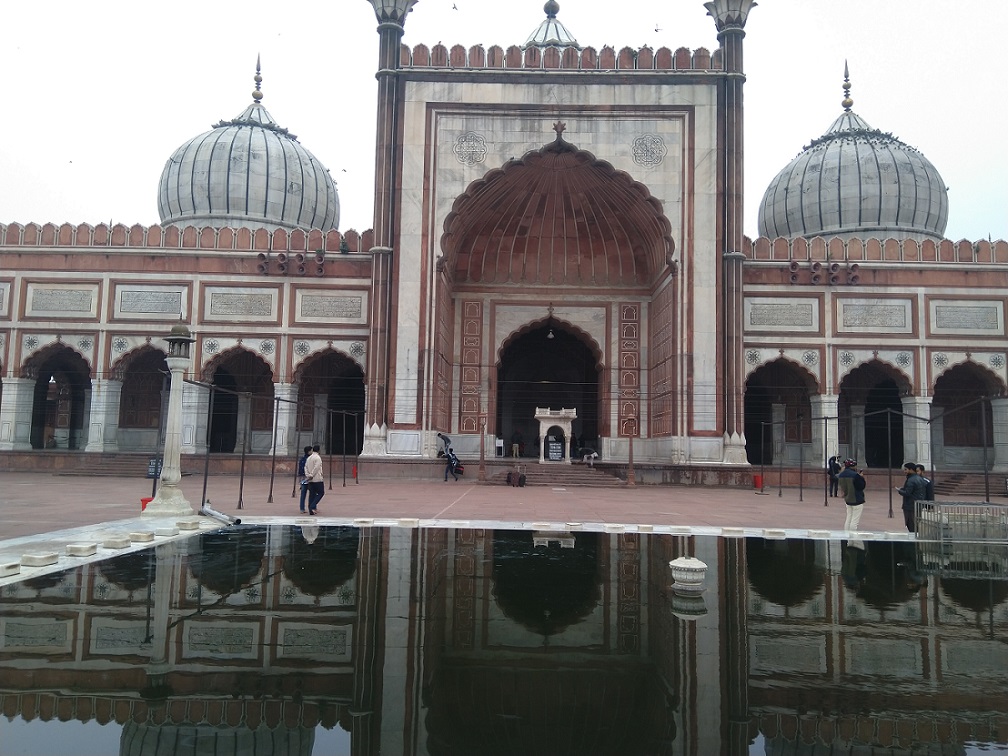
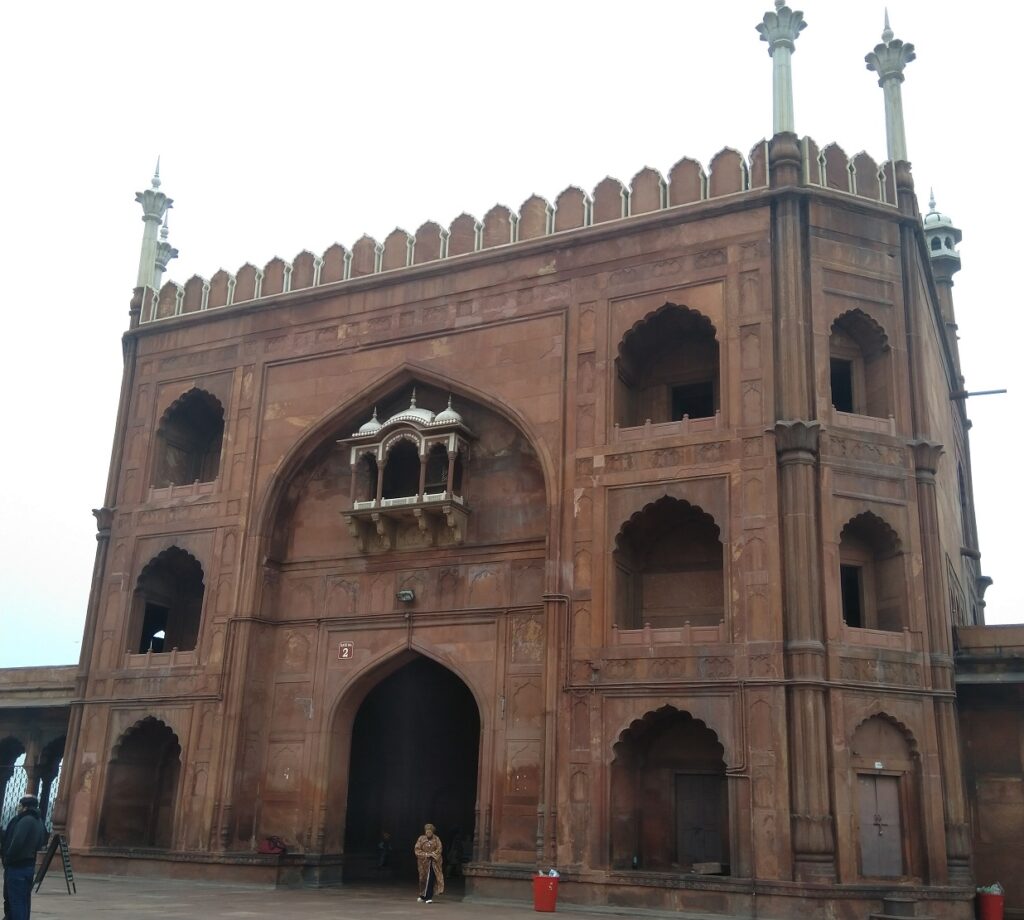
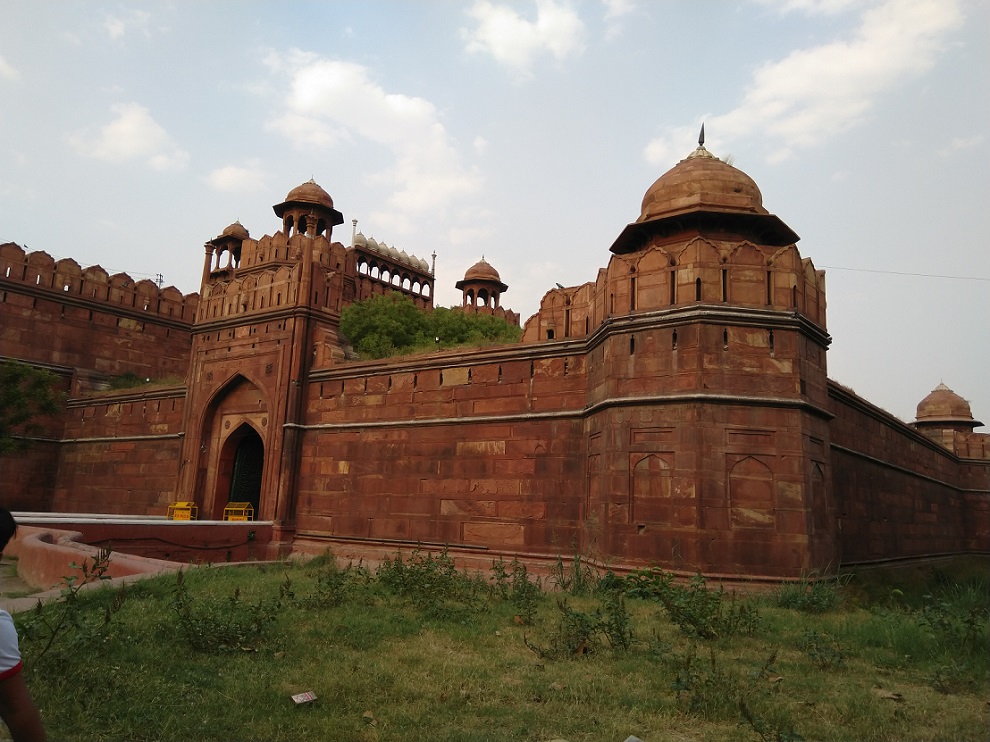
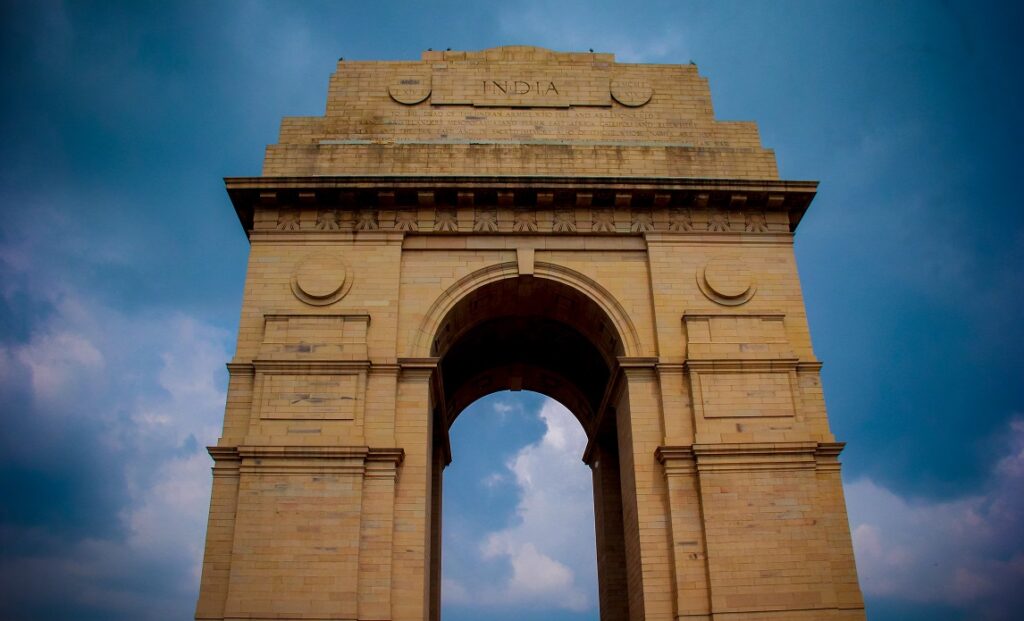
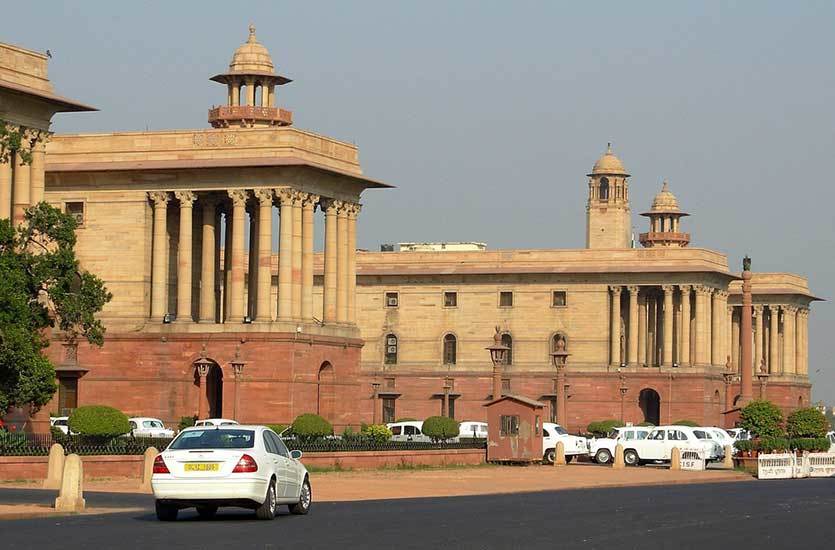
superb facts and information about places to see in Delhi, do you also know the actual name of Red fort, it is Qila-e-Mubarak, but later all we know with name of Lal Qeela or Red fort. Subscribed your blog for more updates. Thanks.
Thank you very much for your nice feedback. Yes the actual name of Red fort was Quila-e-Maula, also termed as Quila Mubarak.